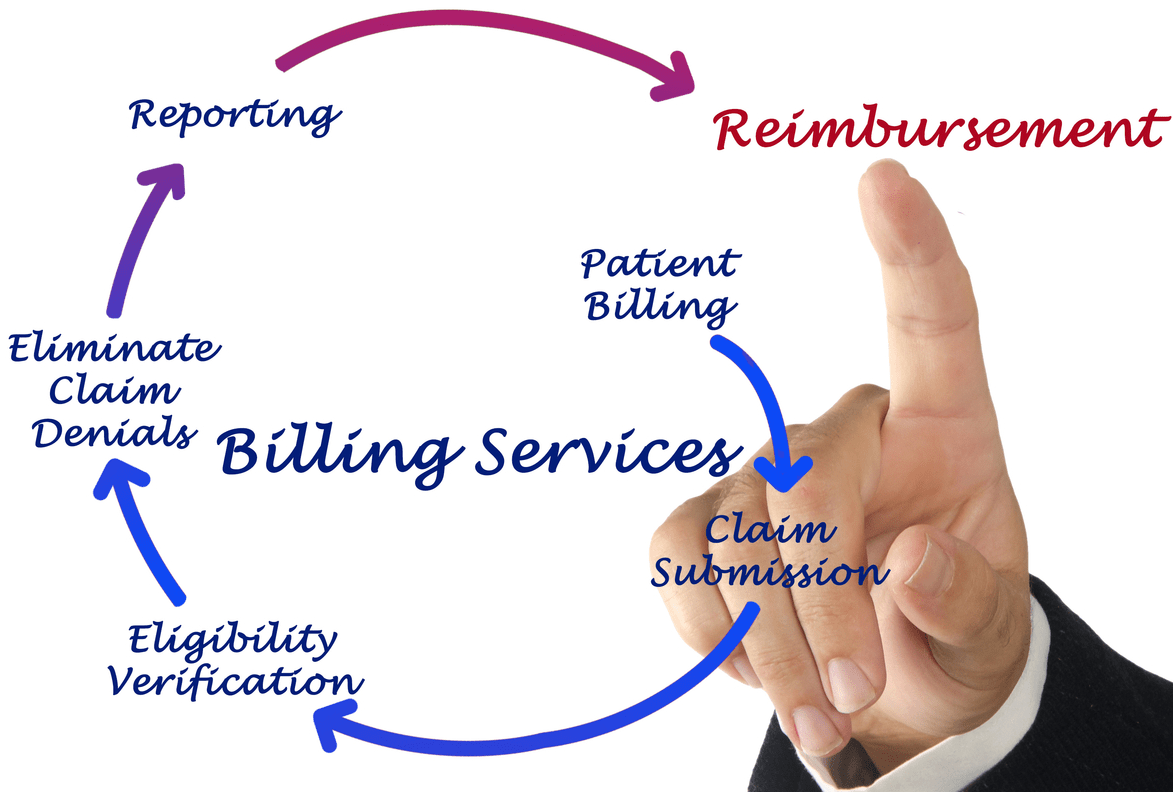Content Attributes
Introduction
COVID-19 has limited contact with the outside world for many people, and while vaccines are currently going out, it’ll still be a few months before it’s safe to go out in public again. Because of this, many shoppers have moved to online shopping so they can still get their groceries without risking catching COVID.
But online shopping isn’t simple. Well, it is, but there are a few tips and tricks that not many know about. These tricks take a few minutes to set up, but once you do, you’re guaranteed the best prices for your purchases.
8 Shopping Tips for Online Shoppers
1. Take Advantage of Rebates
In order to get a product off the shelves, some websites will include rebates with purchases. Rebates promise the customer a percentage of money back when they purchase the product. This makes it sound like these businesses lose money on these transactions, but they rarely do.
See, the process of claiming rebates—signing the included form, mailing it to the company, and waiting a few weeks for the rebate—prevent many from actually claiming the rebates, which is why they’re so profitable for websites. But if you don’t mind the process, then certainly take advantage of these rebates.
2. Have Multiple Websites Bookmarked
The saying, “never put all your eggs into one basket,” goes double for online shoppers. Sales vary from retailer to retailer, and if you stick to one retailer, you’ll miss out on a plethora of deals that could’ve saved you tens to hundreds of dollars.
Make sure that you take advantage of multiple retailers and have each one bookmarked, and maybe even sign up for promotional deals for all of them. This way, you know you aren’t spending any more than necessary.
3. Take Advantage of Customer Rewards Programs
With all that said, there’s no reason you can’t have a primary retailer that you shop at regularly. And if you do shop at one retailer regularly, you need to look into whether or not the said retailer has a customer rewards program.
Customer rewards programs reward customers, the more they spend money on the website. For example, Best Buy’s customer tier program rewards customers who spend $1,500 throughout the year by upgrading their membership to the next tier, which unlocks exclusive deals and discounts.
These programs are usually free, so there’s no reason not to sign up for them. And remember: don’t get customer rewards programs confused with the credit cards these sites also tend to hand out (such as Best Buy).
4. Follow the Right Social Media Accounts
No one has the time to monitor retailers 24/7. Well, almost no one. Certain social media accounts set up bots to immediately notify followers of products being in-stock. You can see this trend in full force right now with the PlayStation 5, which has been in and out of stock for the past two months.
If you want to catch a product or deal before it runs out, be sure to subscribe to these social media accounts. Which accounts you should follow highly depend on the products and deals you’re looking for, so be sure to do some research on the accounts best tailored to your needs.
5. Use a VPN to Secure Your Purchases
Finding the best deals is a key part of online shopping, but deals do not take precedence over perhaps the most important part of online shopping: security. A lack of security could mean your account information gets stolen, your personal information leaked, and your financial future at risk.
Unfortunately, no website is immune to security threats, and it’s safe to assume that any website could fall victim to a breach at any time. For this reason, think about adding a VPN for protection.
A VPN will ensure that your activity stays hidden and your information anonymous. Plus, VPNs can even get you better deals depending on where you’re located!
6. Buy Discounted Gift Cards
How many gift cards did you receive this past Christmas? Out of all those gift cards, how many do you plan on using? If not all of them, then you can potentially make (and spend) some money.
Certain websites—sites such as CardCash—will buy your gift cards off of you for a discounted rate. For example, they’ll pay somewhere around $7 for a $10 gift card.
These sites also allow visitors to purchase gift cards at a discounted rate; the gift cards these sites collect are put on sale immediately. So not only could you make money with your unused gift cards, but you could also buy gift cards on the cheap for sites you use.
7. Track the Price History of Items
Prices differ from retailer to retailer. One may decide a sale is necessary, while another one may never even think about a sale. Keeping up with a product’s price history is key to ensuring you’re receiving the best deal available. Unfortunately, doing so by yourself means watching websites 24/7—a time nearly nobody has.
Tools like Honey, however, display the price history of any item you look at and notify you of whether or not you’re getting the best deal or if you should maybe wait a couple of weeks.
8. Always Read the Return Policy
Brick-and-mortar stores like Best Buy, Walmart, and Microcenter allow customers to try certain products (keyboards, mice, computer systems, games, etc.) so that said customers can make a more-informed purchasing decision. Online retailers, however, don’t have that same luxury.
Because of this, it’s important that you read up on the return policy for the retailer you buy appliances and tech products on. This way, if your product ends up not working or failing after a couple of weeks, you can replace or return it hassle-free. Some retailers offer the service of sending you a new product before they get your old one, a practice is known as two-way shipping.
Conclusion
Finding the best deals while shopping online plays like a game. Fortunately, there are a bunch of “cheat codes” that you can use in order to get the best deal possible, and these eight tracks are just a few of them! Use these and watch your expenses drop!



